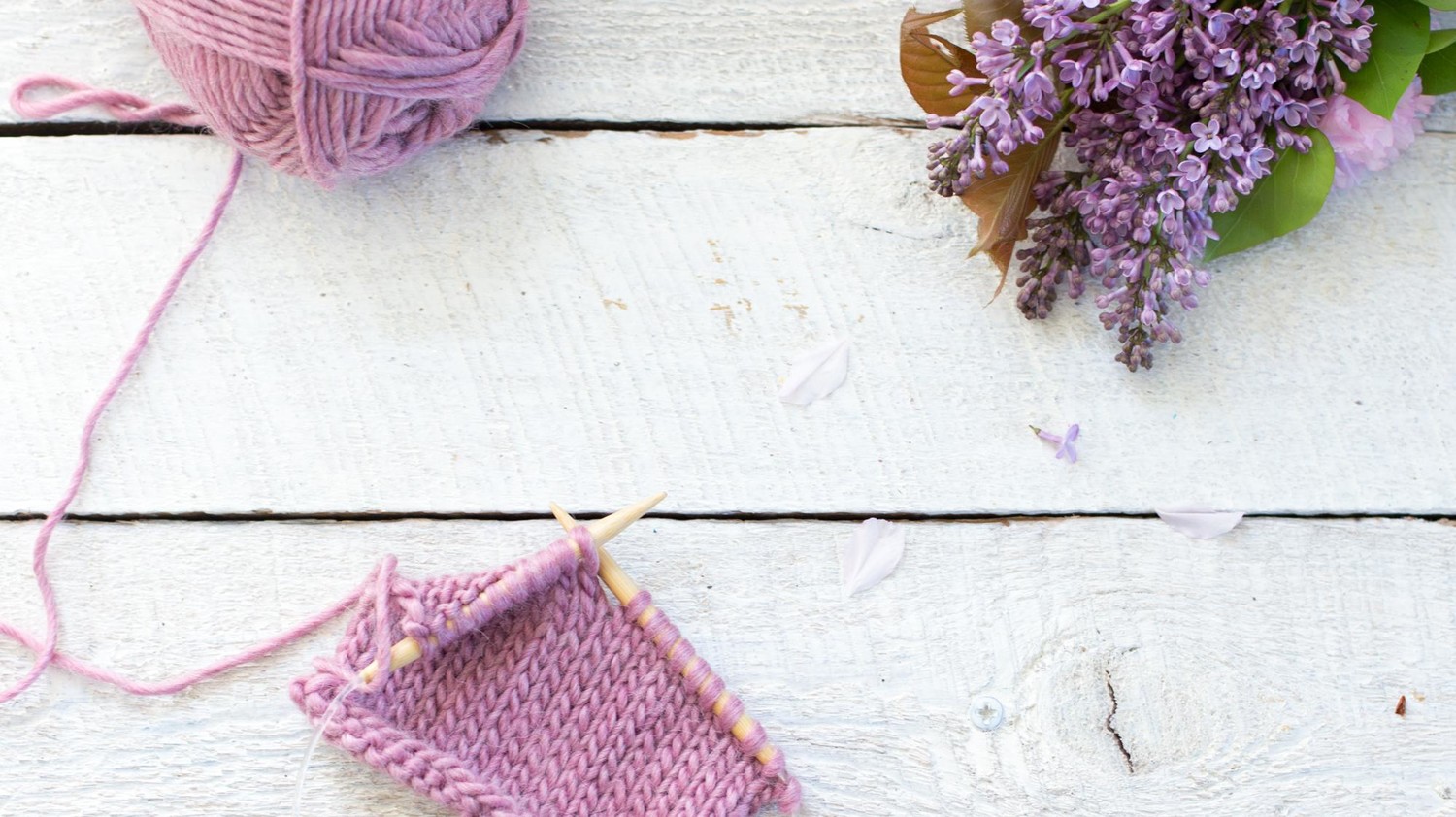
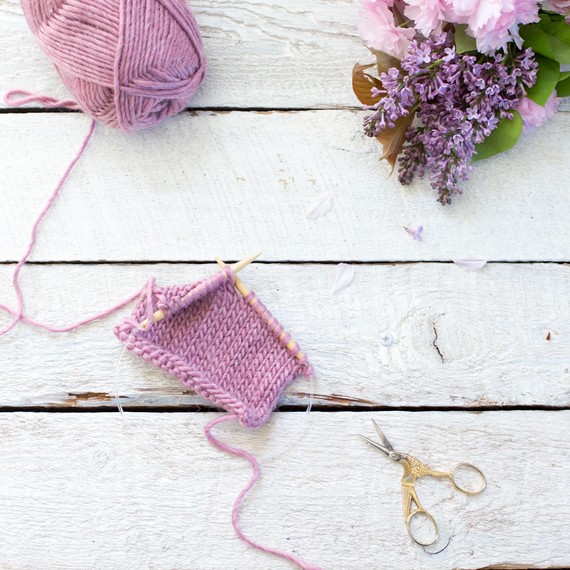
First, know that these are all perfectly natural feelings in a new knitter. Now, I’ll tell you the four most common pitfalls that new knitters experience, how to catch them early, and most important, how to fix them yourself!
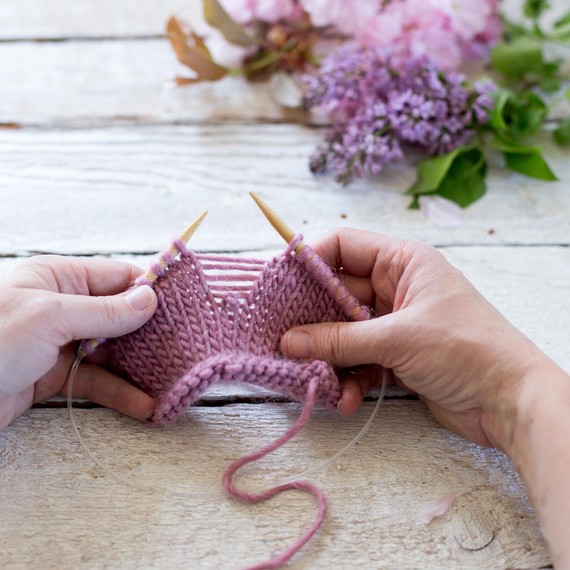
1) Dropped stitch
Why It Happens
Don’t panic. This happens all the time. A stitch will fall off in your bag or when you set your knitting down. Or a stitch can easily pop off the end of your needle when you aren’t paying attention. Sometimes it will work its way deep down into the fabric, but good news: It’s fixable!
How to Catch It
– Look at your fabric regularly to spot any unusual nubs of stitches hanging out or gaping row of ladders (eep!).
– Count your stitches regularly to make sure your stitch count is not going down.
– Always stop knitting when you get to the end of a row. Stuffing your knitting in your project bag mid-row is a surefire way to lose some stitches.
Now Fix It
You can do this! It’s actually easier than you might think. When you look at your work, the dropped stitch will be hanging out morosely at the bottom of what looks like a series of ladder rungs. These ladder rungs are the working yarn from each row that came out of that dropped stitch. We’re going to pull that lost stitch back up the ladder rungs, re-creating a stitch at each rung, or each row.
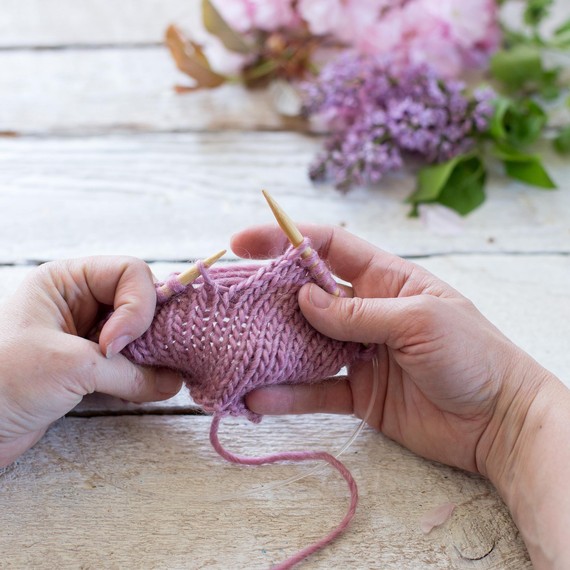
Start by using your left-hand needle to pick up the last stitch you see. The right-hand side (“leg”) of the stitch should be in front of the needle. The ladder rungs of working yarn from the rows the stitch fell out of will be hanging out above it.
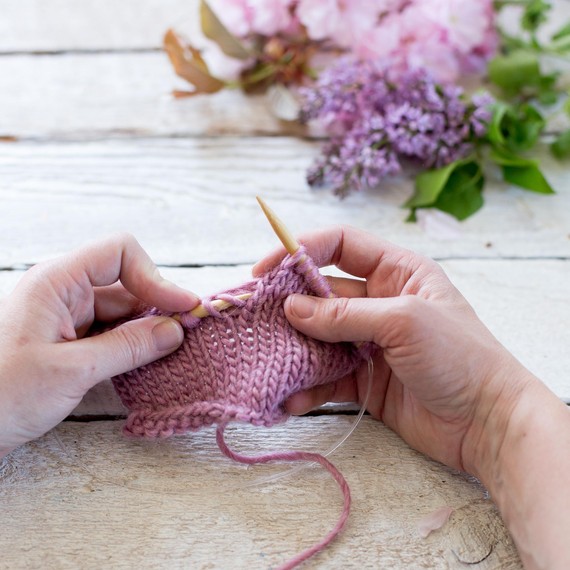
Next, insert your left-hand needle underneath the lowest ladder rung.
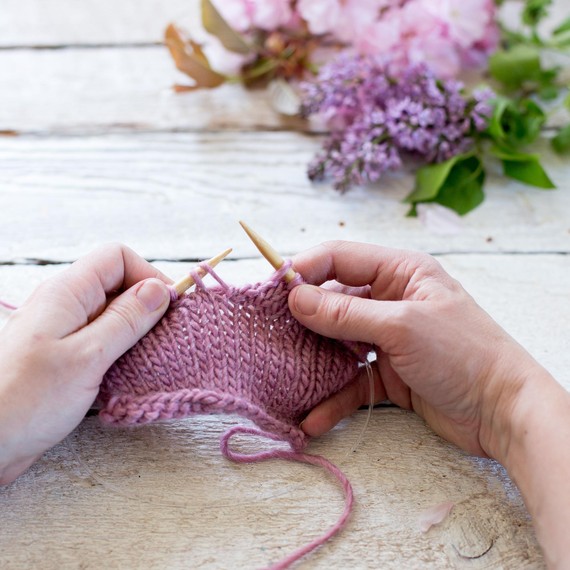
You should now have the old stitch and the working yarn (ladder rung) from the row above the dropped stitch on your needle.
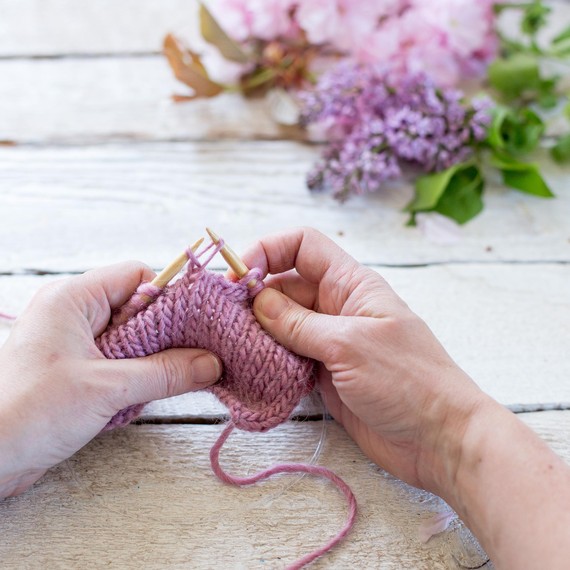
Insert your right-hand needle into the dropped stitch and pull it over that first ladder rung that is on your needle. Congratulations! You picked up a stitch for one row!
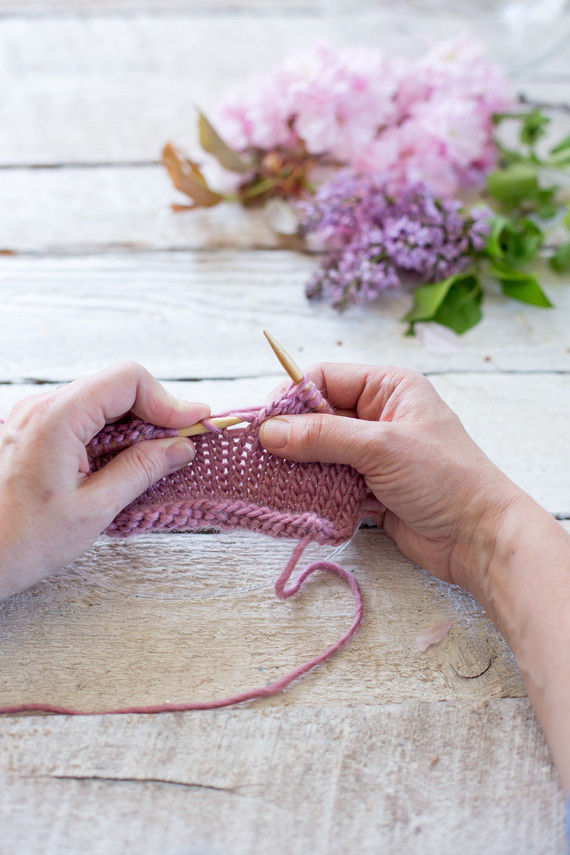
Now repeat. Put your left-hand needle under the next available ladder rung and repeat the steps above to remake the stitch for that row.
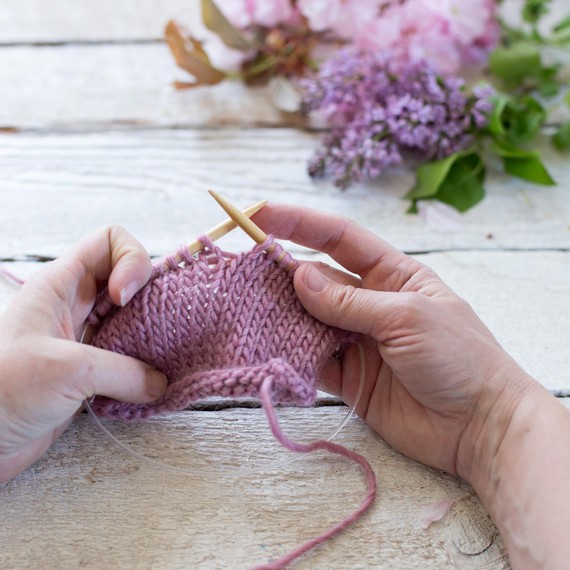
Keep going. Continue to pull that stitch up each row, re-forming the stitch as above until you get to the top. That line of stitches may look a little looser, but this will decrease in visibility as you keep working and when you block your work. Congratulations! I knew you could do it!
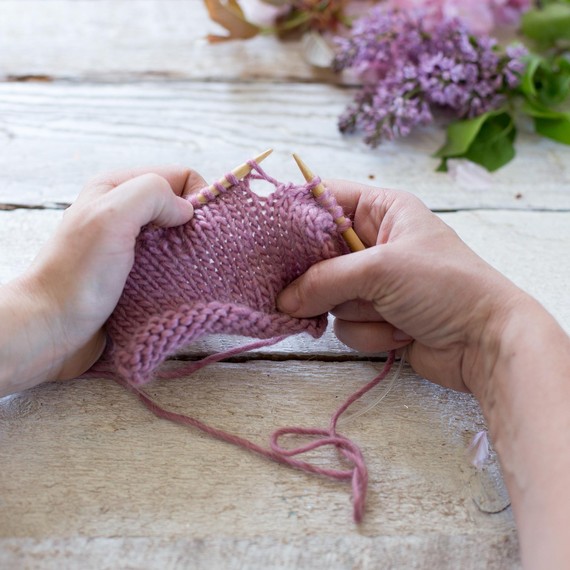
2) Extra stitches
Why It Happens
The most common reasons that extra stitches occur are accidental yarn overs and inadvertent knitting into the space between stitches.
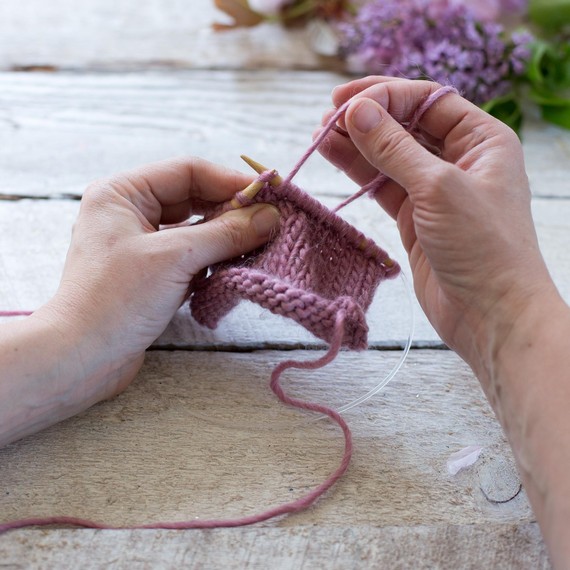
An accidental yarn over occurs when you bring your yarn to the front of the work (as opposed to keeping it in the back). Then, when you go to knit the next stitch, the working yarn goes up and over your needle creating an extra loop on your needle as it makes that next stitch.
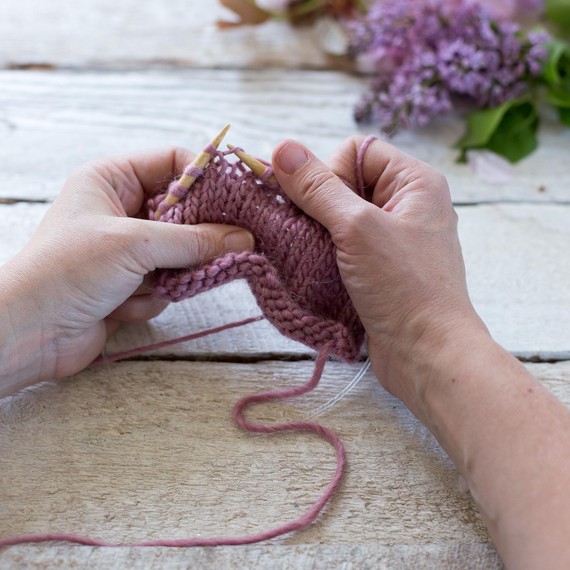
Sometimes you accidentally knit in the space between two stitches. Above, my needle isn’t going through an existing stitch, it is going underneath the working yarn from the prior row. This will also create an extra stitch.
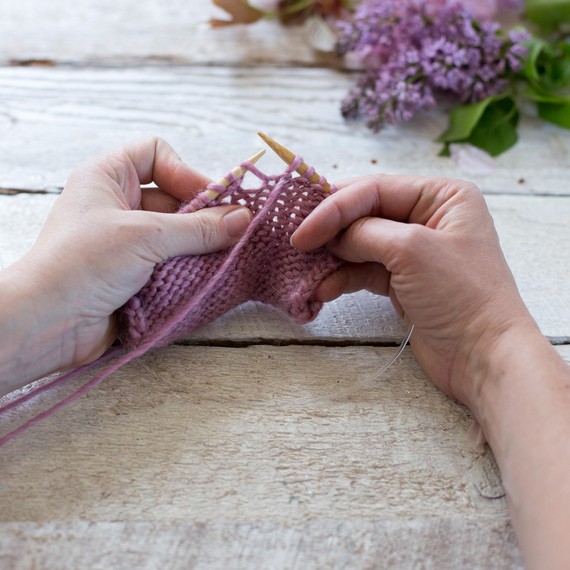
How to Catch It
The best way to catch extra stitches is to look at your fabric regularly to spot any unusual looking holes or places where the stitch doesn’t look quite right. Above is an accidental yarn over as it looks from the purl side. Also, count your stitches regularly, if you are adding extra stitches, your count will go up.
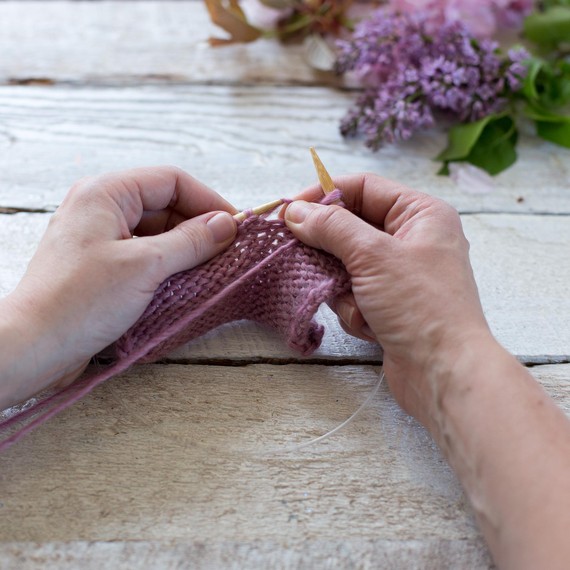
Now Fix It
The best way to fix an extra stitch depends on where it is located. The easiest fix, if the extra stitch was added within the last 1-2 rows, is to simply pull the extra stitches off your needle. The working yarn in the 1-2 rows will be a little loose and you might have a bigger looking stitch there, but it will be better than a giant hole.
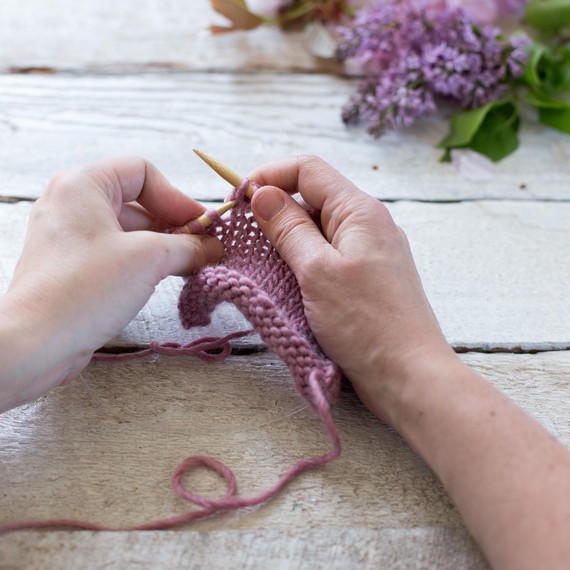
If you’re a perfectionist, and the offending extra stitch was recent, you can knit backward stitch by stitch, (called “tink”ing) to reach to the offending stitch. You do this by inserting your left-hand needle underneath the last completed stitch (see above) and pulling out the working yarn as you transfer the stitch from the right hand needle back on to your left.
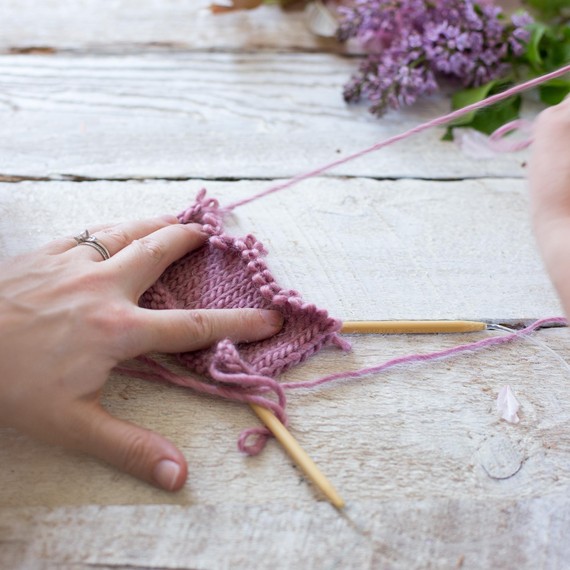
If you’re a perfectionist and the offending extra stitch was long ago, you may just want to rip out your knitting until you remove the offending stitch. Take your work off the needles and lay it down somewhere flat. Slowly pull the working yarn out of the stitches until you undo the extra stitch.
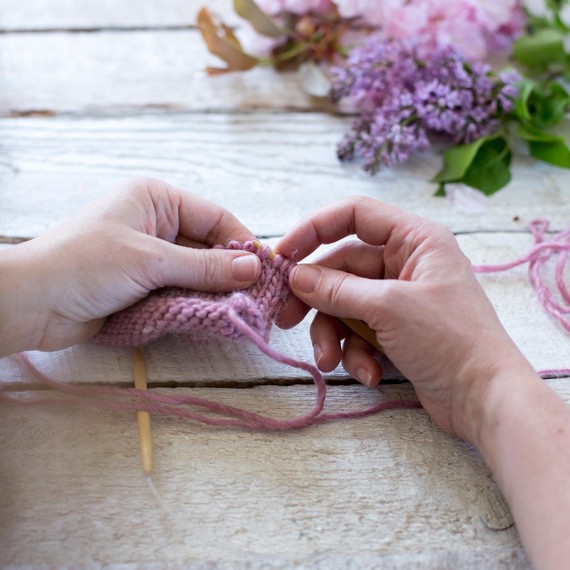
After ripping out knitting comes picking up the stitches, you want the right half of the stitch or “leg” of the stitch to be in front of the needle. If one of the stitches has ripped down another row, don’t worry, just put the last visible stitch on the needle, note its location, and keep going. After you pick up the whole row of stitches, return to the location of the dropped stitch. Simply use your new technique of picking up dropped stitches from above!
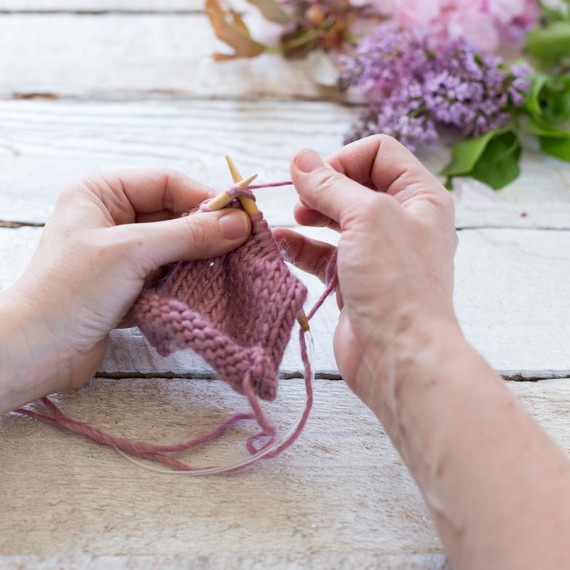
If you just want to keep rolling with this lovely new craft, then a great option is to knit two stitches together into one stitch, which will bring your stitch count down to the correct number.
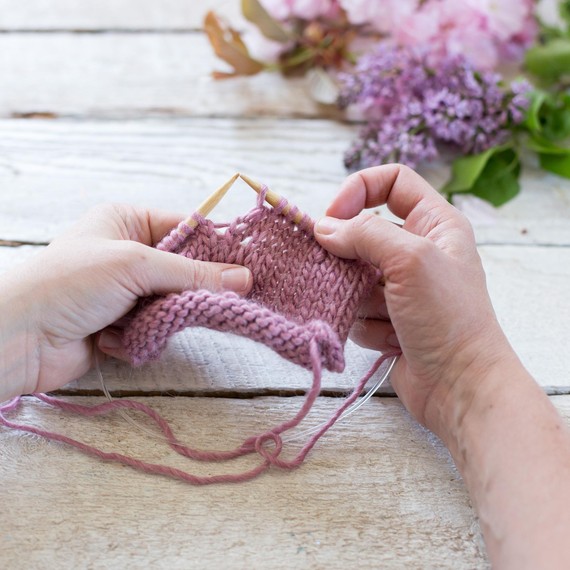
With two stitches knit together over a extra stitch below, you will end up with a hole in your fabric. But it’s your first project after all and mistakes will show that your work is lovingly handmade.
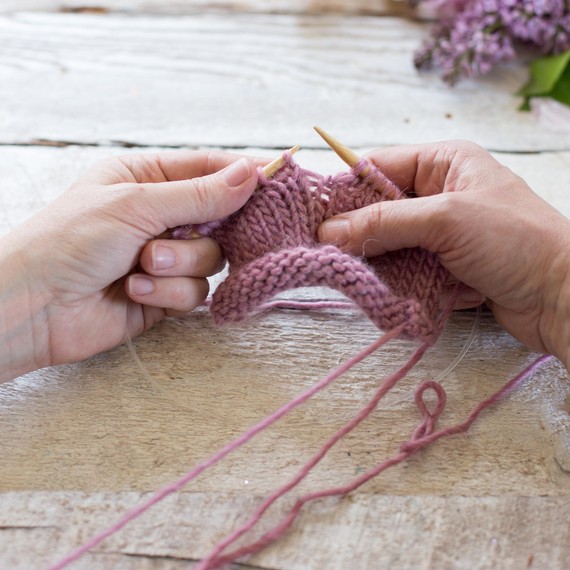
3) Twisted stitch
Why It Happens
The biggest rcause of this is that a picked up stitch gets put on the needle the wrong way (left leg in front) or you knit through the back of a stitch.
How to Catch It
The best way to catch this is to look at your knitting often. Every row or two, take the opportunity to look at the fabric and see how the stitches are falling.
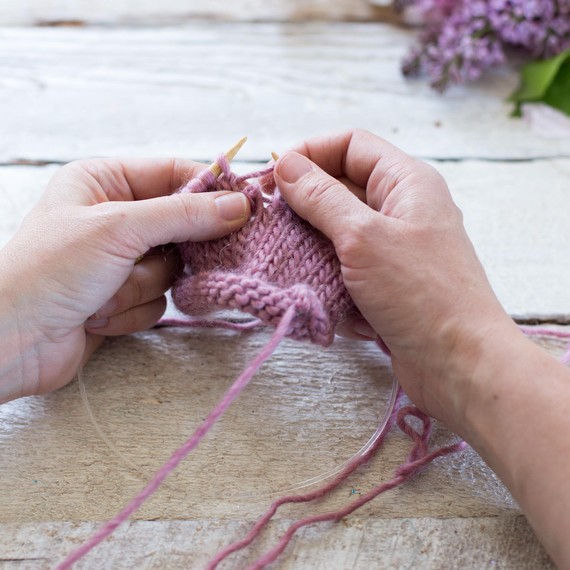
Now Fix It
Fix a twisted stitch by returning to the offending stitch by “tink”ing (explained above) or ripping out (explained above) what you’ve knitted. You can also stop right above the twisted stitch. Pull out any stitches above it and pull out the offending stitch (see photo above). Then, follow the instructions for picking up a dropped stitch at the beginning of this post. See how you are totally getting the hang of this!?
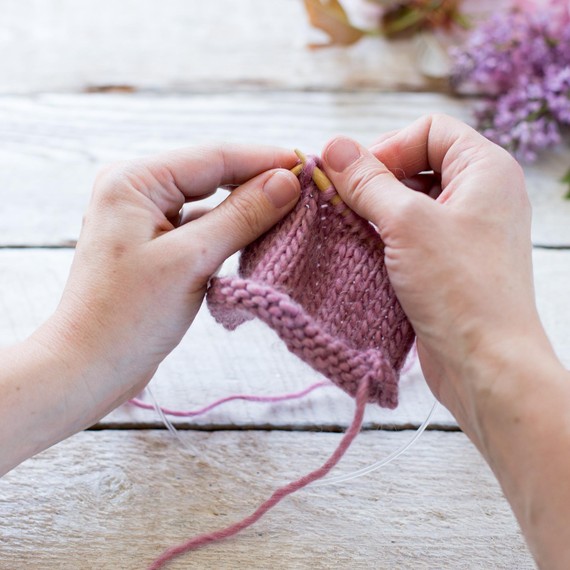
4) Tension is too tight
Why It Happens
New knitters tend to hold their yarn really tight (you’re nervous about making any and all of the above mistakes, am I right?) and they knit at the tips of their needles for the same reason. If you knit on the tips, you basically are making your new stitches smaller than the size of your needles because you are knitting at the narrowest part. Then, when you push your new itty-bitty stitch onto the rest of the needle, it’s all nervous-nelly-tight.
How to Catch It
When your knitting stitches are super snug to the needle and you have a hard time moving them back and forth, this is the best indicator that you are knitting too tightly.
Now Fix It
First, relax — you’re learning a new skill, and new skills take time. With practice, knitting will come with ease. These things will help:
– Drop your shoulders and take deep breaths.
– Start on bigger needles in the beginning as they are easier to work with. Size 10 needles are great for beginners.
– Bamboo or wood needles hold the yarn a bit better than metal needles, which are more slippery. Use wood needles to be less fearful of losing a whole needle-ful of hard-earned work.
– Make sure, as you knit, that each stitch is going fully on to the fat part of the needle before you begin your next stitch. This practice will result in more even stitches and a more relaxed tension.
Knitting can be such a lifelong love. Leap over those first little hurdles and you’ll find smooth sailing!
SOURCE:http://www.marthastewart.com/1115897/4-common-knitting-mistakes-and-how-fix-them